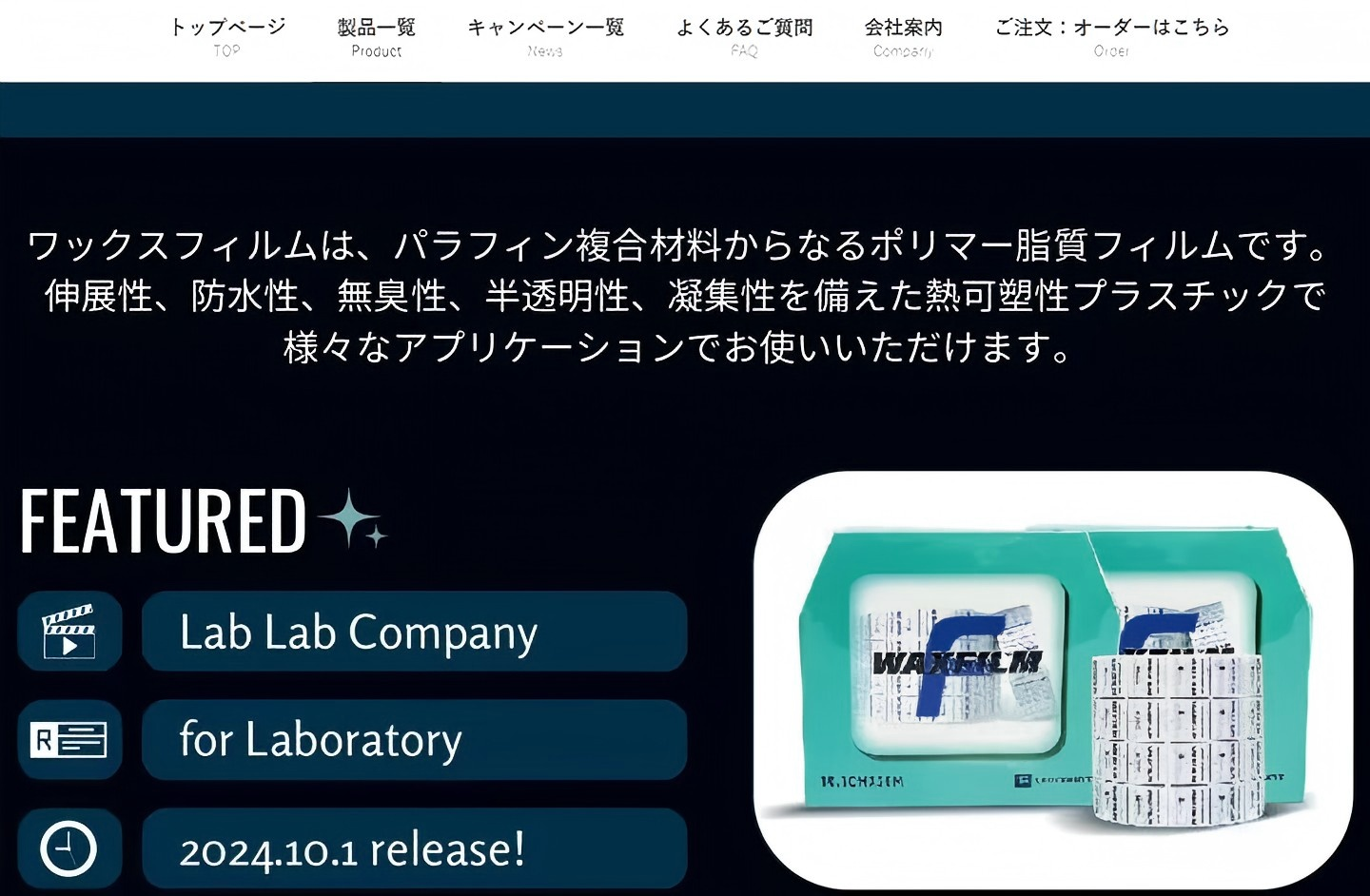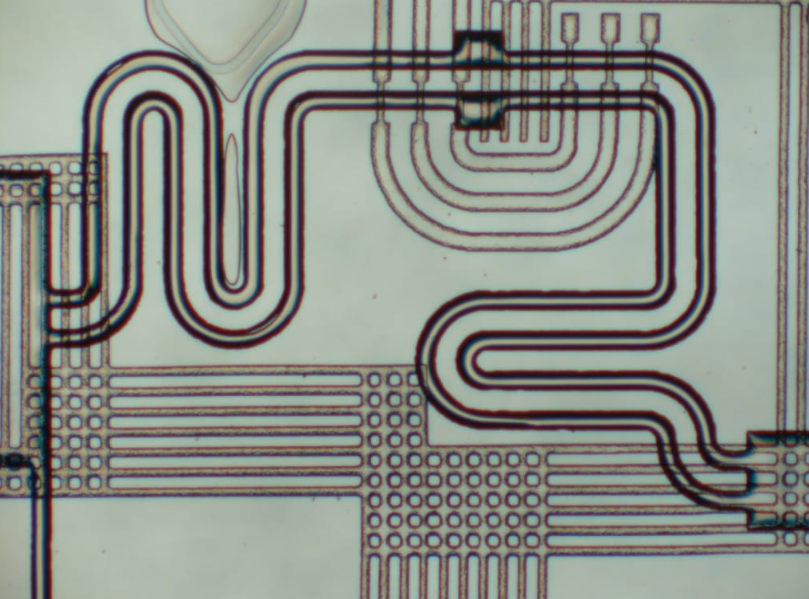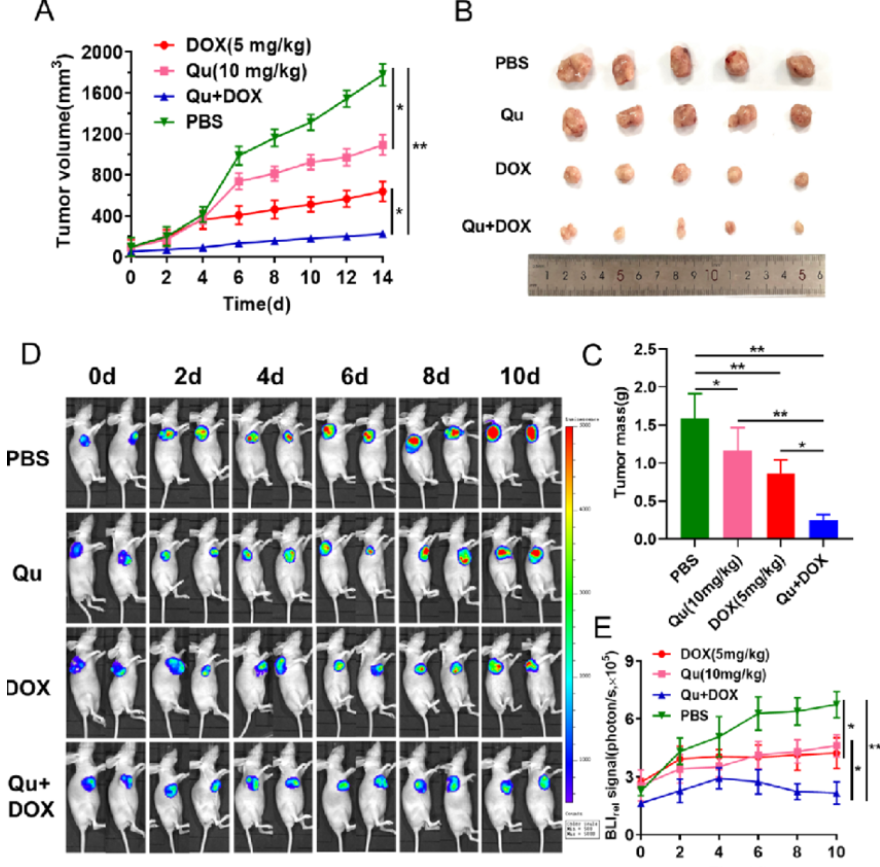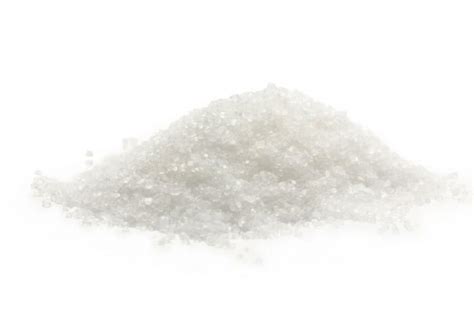
-
3-去氧苏木查尔酮
- names:
3-Deoxysappanchalcone
- CAS号:
112408-67-0
MDL Number: MFCD00800700 - MF(分子式): C16H14O4 MW(分子量): 270.28
- EINECS: Reaxys Number:
- Pubchem ID:5319688 Brand:BIOFOUNT
| 货品编码 | 规格 | 纯度 | 价格 (¥) | 现价(¥) | 特价(¥) | 库存描述 | 数量 | 总计 (¥) |
|---|---|---|---|---|---|---|---|---|
| YZM000739-5mg | 5mg | ¥ 0.00 | ¥ 0.00 | Backorder | ¥ 0.00 | |||
| YZM000739-1mg | 1mg | >97% | ¥ 0.00 | ¥ 0.00 | 2-3天 | ¥ 0.00 |
| 中文别名 | 3-去氧苏木查尔酮(112408-67-0);3-脱氧庚烷酮; |
| 英文别名 | 3-Deoxysappanchalcone(112408-67-0);4,4'-Dihydroxy-2'-methoxychalcone;2'-O-Methylisoliquiritigenin;2-Propen-1-one,1-(4-hydroxy-2-methoxyphenyl)-3-(4-hydroxyphenyl)-,(2E)-; 3-Deoxysappanchalcone; 4,4'-Dihydroxy-2'-methoxychalcone; (2E)-1-(4-Hydroxy-2-methoxyphenyl)-3-(4-hydroxyphenyl)-2-propen-1-one; 2'-O-Methylisoliquiritigenin; 2'-Methoxyisoliquiritigenin; |
| CAS号 | 112408-67-0 |
| Inchi | InChI = 1S / C16H14O4 / c1-20-16-10-13(18)7-8-14(16)15(19)9-4-11-2-5-12(17)6-3-11 / h2-10,17-18H,1H3 / b9-4 + |
| InchiKey | PACBGANPVNHGNP-RUDMXATFSA-N |
| 分子式 Formula | C16H14O4 |
| 分子量 Molecular Weight | 270.28 |
| 溶解度Solubility | |
| 性状 | Solid |
| 储藏条件 Storage conditions | 请根据产品建议的存储条件进行存储,Please store the product under the recommended condition sin the description. |
3-去氧苏木查尔酮(112408-67-0,3-Deoxysappanchalcone)实验注意事项:
1.实验前需戴好防护眼镜,穿戴防护服和口罩,佩戴手套,避免与皮肤接触。
2.实验过程中如遇到有毒或者刺激性物质及有害物质产生,必要时实验操作需要手套箱内完成以免对实验人员造成伤害
3.实验后产生的废弃物需分类存储,并交于专业生物废气物处理公司处理,以免造成环境污染Experimental considerations:
1. Wear protective glasses, protective clothing and masks, gloves, and avoid contact with the skin during the experiment.
2. The waste generated after the experiment needs to be stored separately, and handed over to a professional biological waste gas treatment company to avoid environmental pollution.
Tags:3-去氧苏木查尔酮试剂,3-去氧苏木查尔酮杂质,3-去氧苏木查尔酮中间体,3-去氧苏木查尔酮密度,3-去氧苏木查尔酮旋光度,3-去氧苏木查尔酮溶解度,3-去氧苏木查尔酮结构式,3-去氧苏木查尔酮闪点,3-去氧苏木查尔酮购买,
| 产品说明 | 3-去氧苏木查尔酮(112408-67-0,3-Deoxysappanchalcone)是一种从豆科植物中分离得到的查尔酮有机化合物,具有抗过敏抗病毒抗炎抗氧化活性 |
| Introduction | 3-去氧苏木查尔酮(112408-67-0,3-Deoxysappanchalcone)is a naturallyccurring chalcone compound isolated fromCaesalpinia sappan L.which possesses antillergic,antiviral,antinflammatory and antioxidant activities. |
| Application1 | 3-Deoxysappanchalcone exerts antinflammatory activity via induce heme oxygenase (HO) expression by activating the AKT/mTOR pathway in murine macrophages. |
| Application2 | 3-Deoxysappanchalcone also exhibits antinfluenza virus activity (H3N2,IC50= 1.06 μM). |
| Application3 |
1、3-去氧苏木查尔酮蛋白原为查耳酮的一类成员,其是异寡糖原蛋白,其中位置2'处的一个羟基被甲氧基取代。它具有代谢作用。它是查耳酮,单甲氧基苯和酚的成员。它来自异寡糖原蛋白。
2、3-去氧苏木查尔酮,也称为3-deoxysappanchalcone或4,4'-dihydroxy-2'-甲氧基查尔酮,属于称为肉桂基酚的有机化合物。这些是含有1,3-二苯基丙烯部分和带有一个带有一个或多个羟基的苯环的有机化合物。因此,异黄体生成素2'-甲基醚被认为是类黄酮脂质分子。异寡糖原蛋白2'-甲基醚以固体形式存在,被认为实际上不溶(在水中)并且相对中性。在细胞内,异黄体生成素2'-甲基醚主要位于膜中(由logP预测)。异黄体生成素2'-甲基醚可以由异黄体生成素生物合成。在人体外部,常见豌豆和豆类中都含有异黄体生成素2'-甲基醚。这使得异寡糖原蛋白2'-甲基醚成为食用这些食品的潜在生物标记。
3、3-Deoxysappanchalcone是一种从豆科植物Caesalpinia sappan L.中分离得到的天然查尔酮化合物,具有抗过敏,抗病毒,抗炎和抗氧化活性。3-Deoxysappanchalcone通过激活小鼠巨噬细胞中AKT / mTOR通路诱导血红素加氧酶-1(HO-1)的表达,发挥抗炎作用。3-Deoxysappanchalcone具有抗流感病毒活性(H3N2,IC50 = 1.06μM)。
| 警示图 | |
| 危险性 | warning |
| 危险性警示 | Not available |
| 安全声明 | H303吞入可能有害+H313皮肤接触可能有害+H2413吸入可能对身体有害 |
| 安全防护 | P264处理后彻底清洗+P280戴防护手套/穿防护服/戴防护眼罩/戴防护面具+P305如果进入眼睛+P351用水小心冲洗几分钟+P338取出隐形眼镜(如果有)并且易于操作,继续冲洗+P337如果眼睛刺激持续+P2393获得医疗建议/护理 |
| 备注 | 实验过程中防止吸入、食入,做好安全防护 |
| Kim JH, et al. The anti-inflammatory effect of 3-deoxysappanchalcone is mediated by inducing heme oxygenase-1 via activating the AKT/mTOR pathway in murine macrophages. Int Immunopharmacol. 2014 Oct; |
| Liu AL, et al. In vitro anti-influenza viral activities of constituents from Caesalpinia sappan. Planta Med. 2009 Mar;75(4):337-9. |
3-去氧苏木查尔酮(112408-67-0,3-Deoxysappanchalcone)参考文献:
1.A Chalcone and Two Related Flavonoids Released from Alfalfa Roots Induce nod Genes of Rhizobium meliloti.
Maxwell CA;Hartwig UA;Joseph CM;Phillips DA Plant Physiol. 1989 Nov;91(3):842-7.
Flavonoid signals from alfalfa (Medicago sativa L.) induce transcription of nodulation (nod) genes in Rhizobium meliloti. Previous investigations identified the flavone luteolin as an active inducer in alfalfa seed extracts, but the nature of nod inducers released from roots has not been reported. Root exudate from 3-day-old alfalfa seedlings was purified and then assayed for biological activity with a nodABC-lacZ fusion in R. meliloti. Indentities of major nod inducers were established by spectroscopic analyses (ultraviolet/visible, proton nuclear magnetic resonance, and mass spectroscopy) and comparison with authentic standards. Major nod inducers, which were identified as 4',7-dihydroxyflavone, 4'-7-dihydroxyflavanone, and 4,4'-dihydroxy-2'-methoxychalcone, were released from seedling roots at 54, 22, and 20 picomole.plant(-1).day(-1), respectively. Luteolin was not found in these root exudates. The 4,4'-dihydroxy-2'-methoxychalcone induced nod genes at a concentration one order of magnitude lower than luteolin and is the first naturally released chalcone reported to have this function. Moderate and weak nod-inducing activity was associated, respectively, with 4',7-dihydroxyflavone and 4',7-dihydroxyflavanone.
2.Homoisoflavonoids and Chalcones Isolated from Haematoxylum campechianum L., with Spasmolytic Activity.
Escobar-Ramos A;Lobato-García CE;Zamilpa A;Gómez-Rivera A;Tortoriello J;González-Cortazar M Molecules. 2017 Aug 24;22(9). pii: E1405. doi: 10.3390/molecules22091405.
Haematoxylum campechianum; is a medicinal plant employed as an astringent to purify the blood and to treat stomach problems such as diarrhea and dysentery. A bio-guided chemical fractionation of the methanolic extract obtained from this plant allowed for the isolation of five compounds: two chalcones known as sappanchalcone (;1;); 3-deoxysappanchalcone (;2;); three homoisoflavonoids known as hematoxylol A (;3;); 4-;O;-methylhematoxylol (;4;); and, hematoxin (;5;). The spasmolytic activity was determined in an in vitro model (electrically induced contractions of guinea pig ileum), and allowed to demonstrate that the methanolic extract (EC;50; = 62.11 ± 3.23) fractions HcF7 (EC;50; = 61.75 ± 3.55) and HcF9 (EC;50; = 125.5 ± 10.65) and compounds ;1; (EC;50; = 16.06 ± 2.15) and ;2; (EC;50; = 25.37 ± 3.47) of ;Haematoxylum campechianum; present significant relaxing activity as compared to papaverine (EC;50; = 20.08 ± 2.0) as a positive control.
3.Interactions among Flavonoid nod Gene Inducers Released from Alfalfa Seeds and Roots.
Hartwig UA;Maxwell CA;Joseph CM;Phillips DA Plant Physiol. 1989 Nov;91(3):1138-42.
Alfalfa (Medicago sativa L.) seeds and roots can create complex rhizosphere effects by releasing flavonoids that induce nodulation (nod) genes in Rhizobium meliloti. Previous reports identified luteolin and 4,4'-dihydroxy-2'-methoxychalcone as strong inducers that are released from seeds and roots, respectively, and 4',7-dihydroxyflavone and 4',7-dihydroxyflavanone as weaker inducers which are exuded by roots. As a first step toward identifying flavonoid interactions that may occur in the rhizosphere, combinations of these molecules were tested for transcriptional effects on a nodABC-lacZ fusion in R. meliloti. At low concentrations (e.g. 8.4 nanomolar), interactions of the three nod gene inducers from root exudate were additive. When the strong inducers 4,4'-dihydroxy-2'-methoxychalcone and luteolin were present separately at higher concentrations (e.g. 21 nanomolar), their effect could be decreased significantly by the weaker inducers 4',7-dihydroxyflavone and 4',7-dihydroxyflavanone. In contrast, when low concentrations of luteolin from seed rinses and 4,4'-dihydroxy-2'-methoxychalcone from root exudate were present together, they produced synergistic increases in nod gene transcription.
- 相关产品
-
< >
- 推荐产品
-
< >
- 最新产品
-
< >
新闻

怎么做细胞爬片免疫组化染色实验
细胞爬片免疫组化染色,是通过细胞爬片是让玻片浸在细胞培养基内,细胞在玻片上生长,主要用于组织学,免疫组织化学...
2020/7/20 22:04:33

提取病毒RNA的实验方法
提取病毒RNA方法分别有:异硫氰酸胍的提取病毒RNA方法、TRIzol LS提取法、Trizol法提取法等等...
2020/7/22 20:29:26

9月开学季——助研新学期 范德送好礼
2025/8/28 15:30:55

Waxfilm 实验室封口膜:技术与国际市场的双重突破
在实验室耗材领域,封口膜是保障实验准确性与稳定性的关键产品之一。近年来,Waxfilm?实验室封口膜凭借其卓...
2025/5/13 13:03:40

Waxfilm实验室封口膜的5大突破
Waxfilm实验室封口膜作为生物功能膜领域的国产技术突破和品牌突破,是生物领域中国技术发展的缩影。
2025/5/6 17:02:07

各种微流控芯片键合方法的优缺点
微流控芯片键合:目前主要有激光焊接、热压键合、胶键合、超音波焊接,每种方法都有各自的优缺点。本文主要介绍聚酯...
2023/7/28 10:43:09

新一代微流控键合解决方案
微流控键合解决方案:微流控芯片制造的一个重要环节,也是最容易被忽视的--芯片键合。其中一个重要因素是:微流控...
2023/7/27 12:44:28

荧光素钾盐使用说明
D-荧光素钾盐(K+)设计用于体外和体内生物发光测定。D-荧光素的质量和纯度对于获得良好和可重复的结果至关重...
2023/7/20 11:05:11

如何选BSA(牛血清白蛋白)
如何选BSA(牛血清白蛋白):牛血清白蛋白(BSA)有多种形式,如何选择适合自己的牛血清白蛋白(BSA)是一...
2023/2/14 13:09:18

牛血清白蛋白(BSA)常见问题
牛血清白蛋白(BSA)常见问题:牛血清白蛋白(BSA)在实验室中是通用的,可用于蛋白质印迹、细胞组织培养、P...
2022/10/19 9:39:51




 购物车
购物车 



